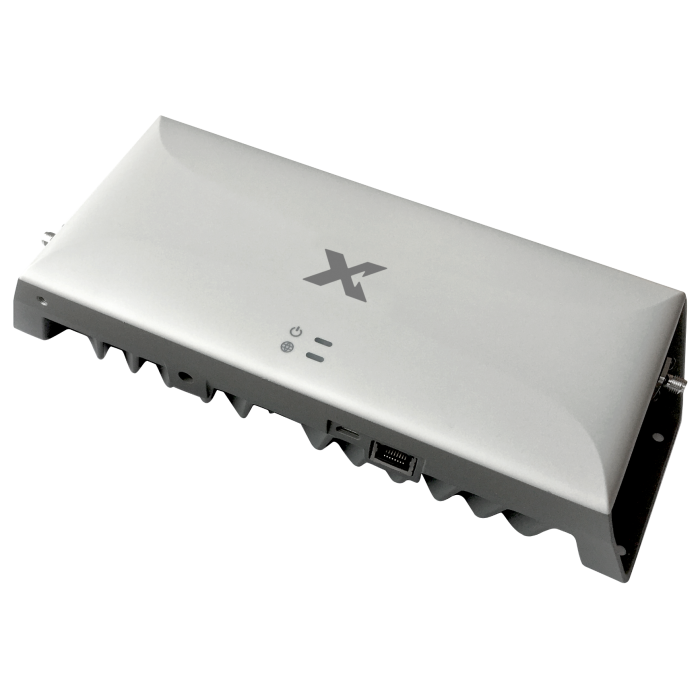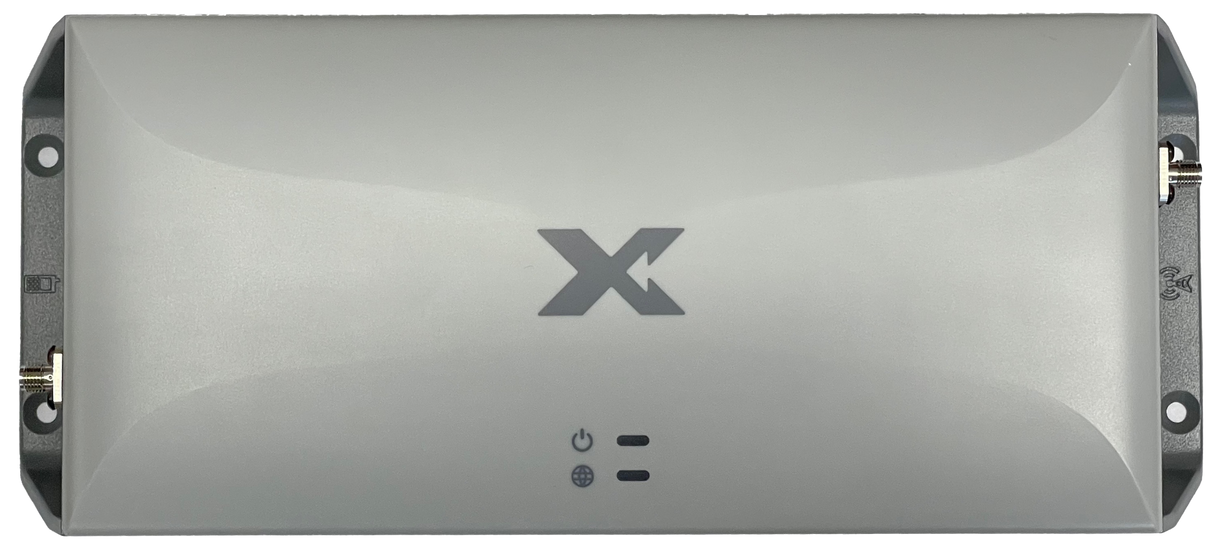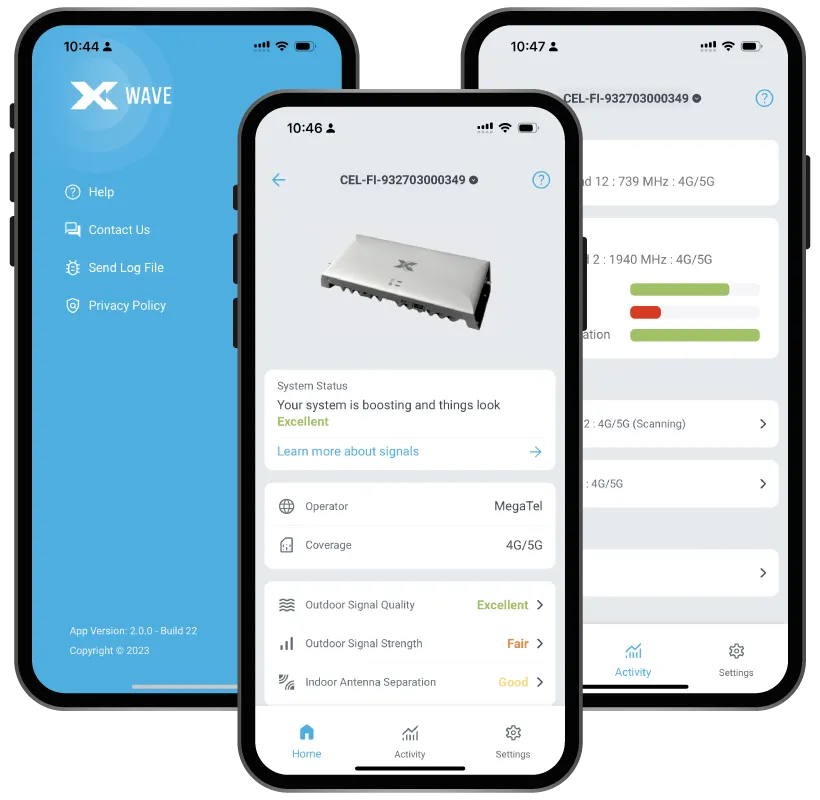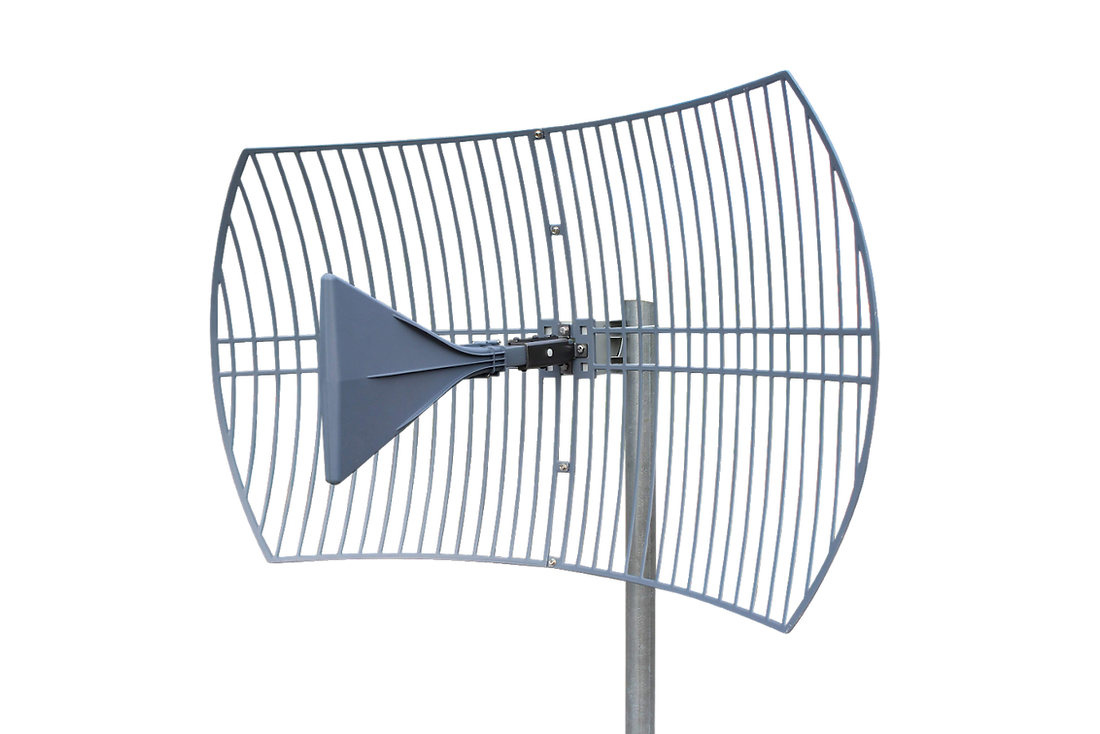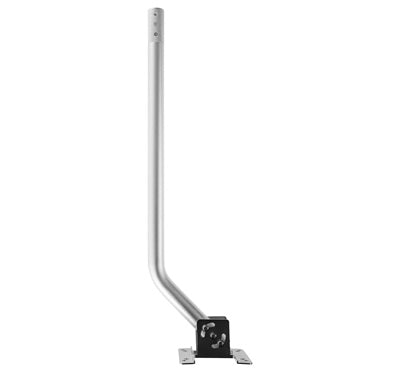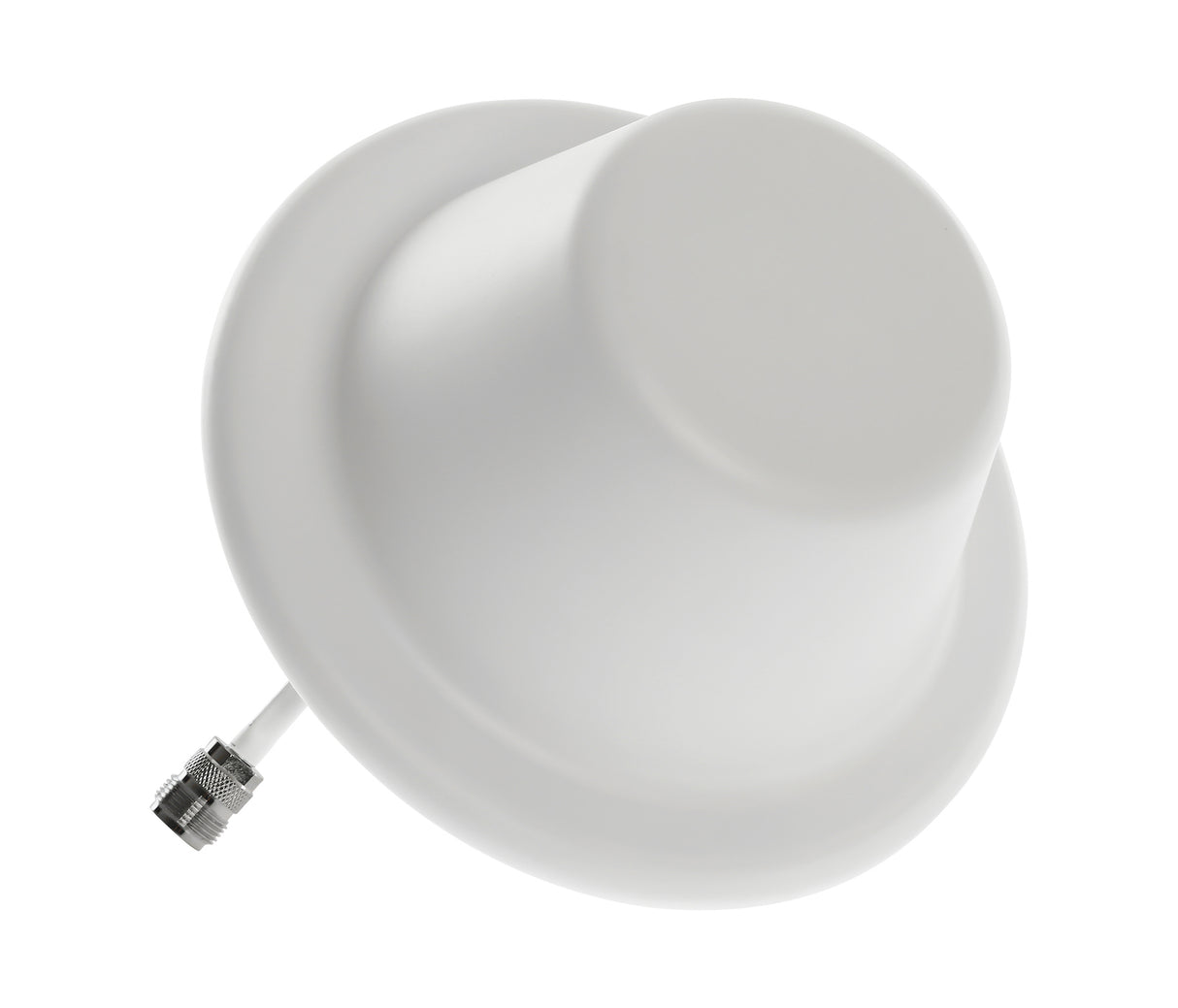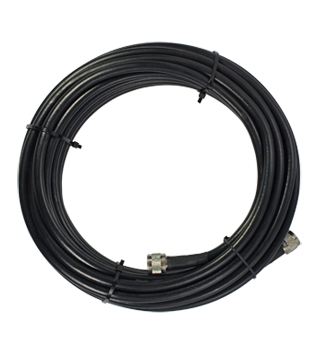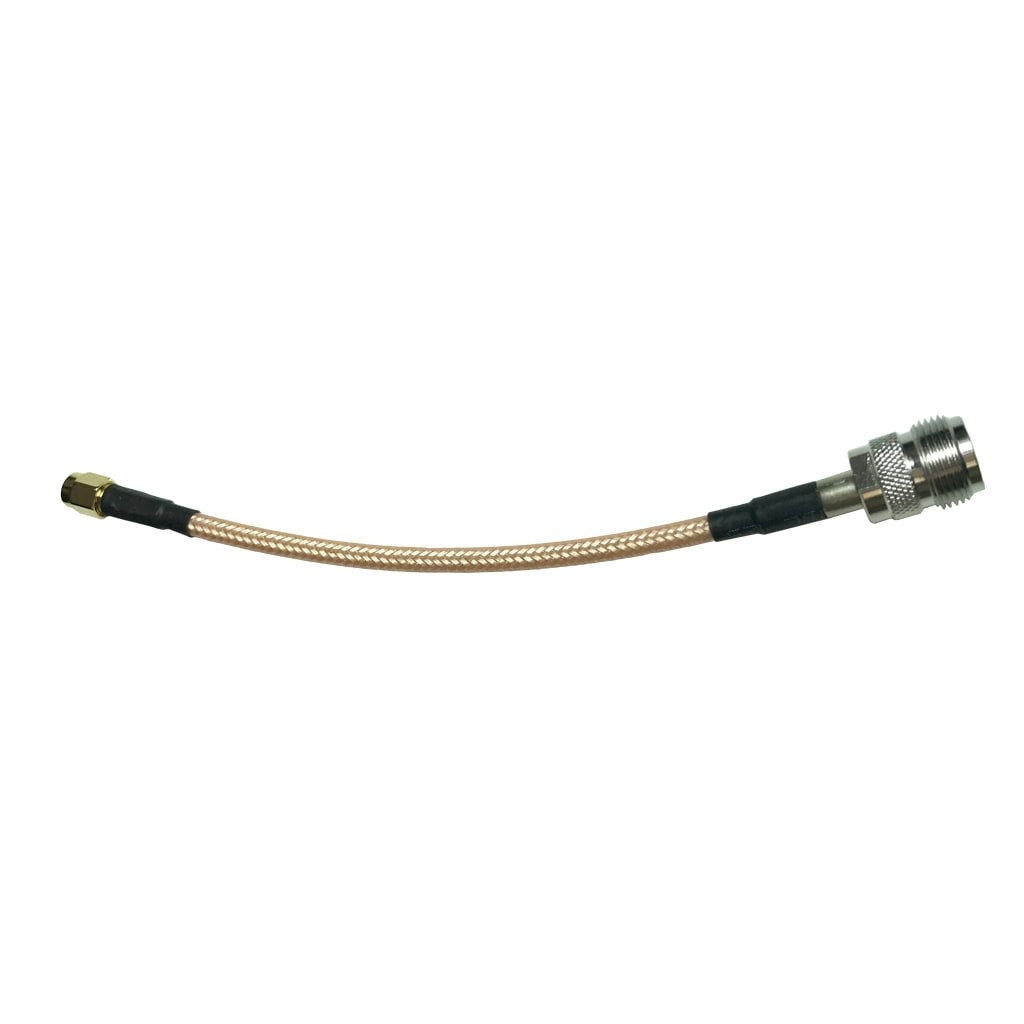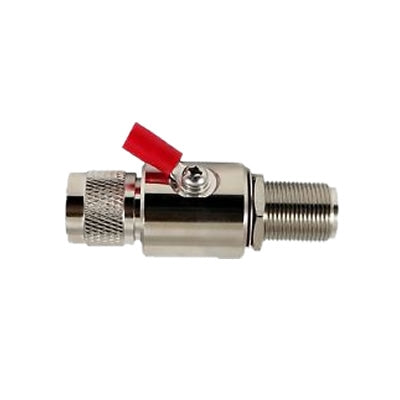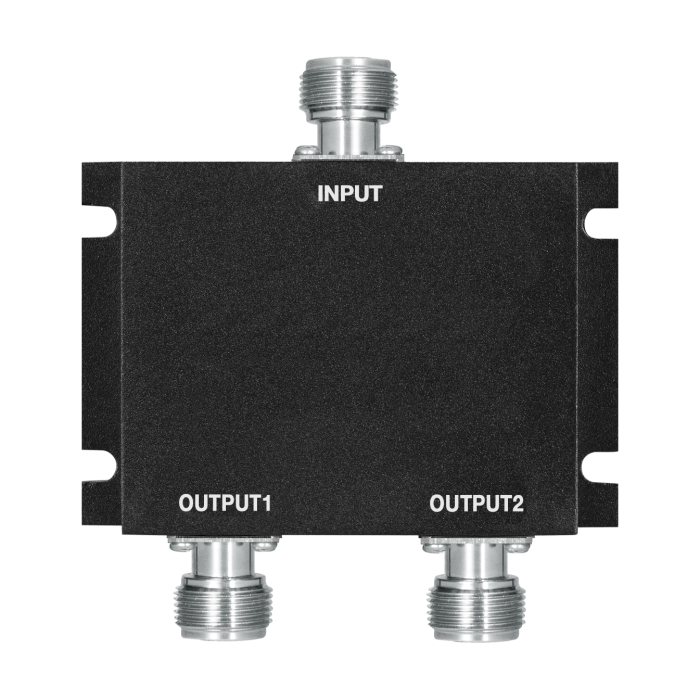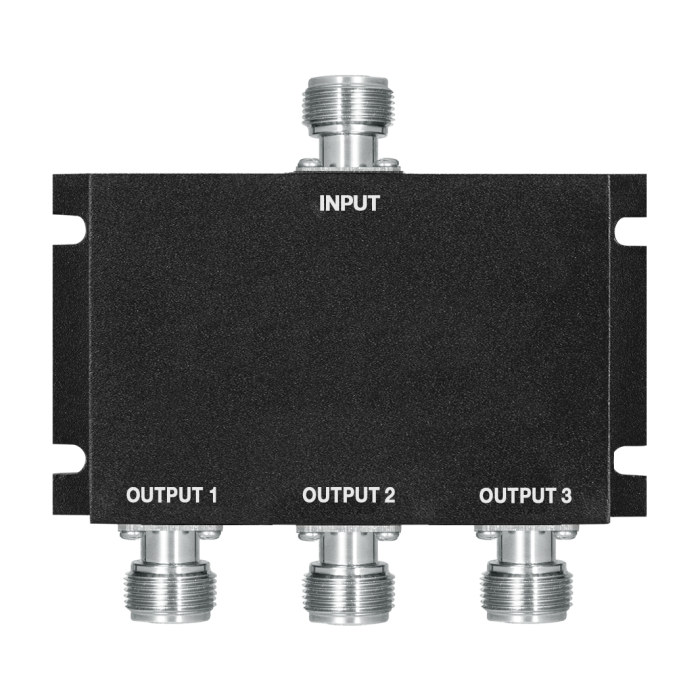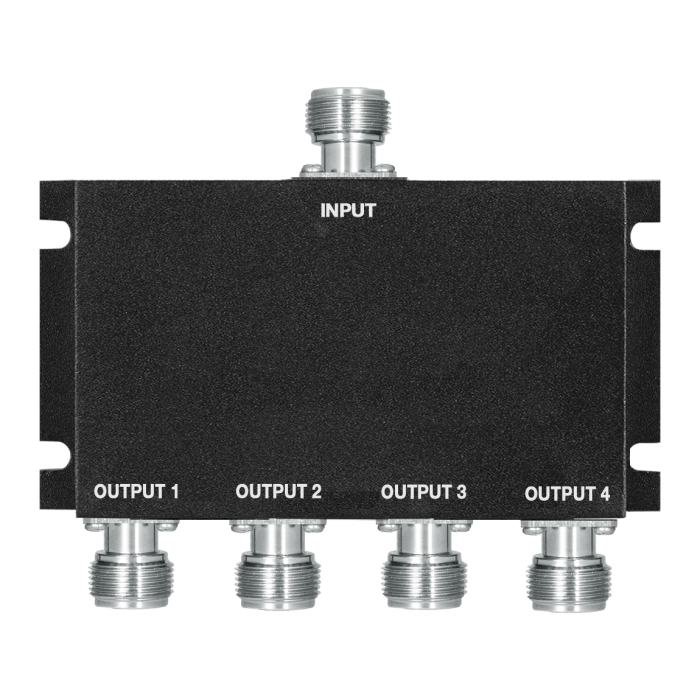Nextivity CEL-FI G41 Smart Signal Booster System
Description
Description
The CEL-FI G41 System is our top recommended signal booster for homes, offices, and other buildings where the existing outside signal is 3 bars or less. The G41 is a single-carrier system, which allows the G41 to have up to 100 dB of gain instead of being limited to only 70 dB of gain for multi-carrier systems. This extra power gives you more coverage even when the signal is weak.
Why the CEL-FI G41?
- More boosting power than multi-carrier boosters for maximum coverage even with a weak outside signal.
- CEL-FI WAVE smartphone app makes it easy to monitor the system and troubleshoot any issues as necessary.
- Wireless coverage inside, no physical connection to your phone is required.
- Supports multiple phones at the same time.
- Everything you need is included in the kit.
- Bonus: lightning protector kit & pole mount included.
- Fewer dropped calls
- Faster Internet data speeds
- Better voice quality
- Texts that send quickly
- Longer battery life
Your purchase is covered by our 60-day money-back guarantee, so you can try it risk-free, and our friendly, US-based technical support team is standing by to assist with anything you need. Your equipment is also covered by a 2-year manufacturer warranty, for extra peace of mind.
Unlike the original GO X, the G41 is not rated for outdoor installations and should be installed indoors. The G41 may only be used when not in motion and does not include the feature to use the booster while in motion.
Recommended For
The CEL-FI G41 is our most recommended booster for people with a weak (but usable) existing outside signal. If your signal is 50% or less when you’re outside (2 out of 4 bars, 3 out of 5 bars, etc), then the G41 will give you better performance and more coverage than a multi-carrier system.
The G41 is a single-carrier system, so it only supports one carrier at a time. It works best for families or offices where everyone uses the same carrier, or where only one carrier has a weak signal inside. Multiple G41 systems can be installed side-by-side where multiple carriers need to be boosted simultaneously. The G41 will support either Verizon, AT&T, T-Mobile, US Cellular, or GCI Alaska. The supported carrier can be changed at any time using the CEL-FI WAVE smartphone app.
The G41 for AT&T will support 4G LTE and some 5G networks, so any phone will be able to use the G41.
The G41 for T-Mobile will support 4G LTE. T-Mobile is not currently broadcasting 5G on frequencies that the FCC allows signal boosters to amplify.
CEL-FI WAVE App

The G41 is one of the most intelligent amplifiers that we carry thanks to the companion CEL-FI WAVE app for iPhone and Android. The WAVE app allows you to do many things, including:
- Register the booster with your carrier, if necessary
- See how well the system is working and troubleshoot it if necessary
- Change from stationary mode with 100 dB of gain to mobile mode with 65 dB of gain
- Change the carrier you want to boost
- Use the antenna position tool to aim an outdoor directional antenna
How it Works
The CEL-FI G41 starts outside with an outside antenna. This antenna is designed to be mounted to a pole that’s 2 inches in diameter or less, and we include a 20-inch tall aluminum j-pole with your kit. If you have an existing pole that extends above the roof of your house, you can use that as well.
The antenna picks up the existing outside signal and routes it over a 30 ft cable down to the amplifier which receives the signal and amplifies it. The signal is then sent to one or more inside antennas which rebroadcast the boosted signal throughout your space.
The entire process also works in reverse, so you get a strong and reliable connection back to your carrier.
For more information on cable lengths and included accessories, see the Kit Includes section at the bottom of the page. Different cable lengths are available for custom installations. Please contact us if you need to customize this kit.
Estimated Inside Coverage
The strength of your existing outside signal, measured in the location where you plan to mount the outside antenna, has a direct impact on the amount of inside coverage you'll get from a signal booster. The distance between the inside and outside antennas can also dramatically impact the size of the coverage area. The table below shows how much coverage you may get depending on your outside signal strength:
| Existing Outside Signal Strength | 1 Antenna | 2 Antennas | 3 Antennas | 4 Antennas |
|---|---|---|---|---|
| Strong (5 Bars) | Up to 4,000 sq ft | Up to 7,500 sq ft | Up to 12,000 sq ft | Up to 15,000+ sq ft |
| Medium (3-4 Bars) | Up to 4,000 sq ft | Up to 7,500 sq ft | Up to 12,000 sq ft | Up to 15,000+ sq ft |
| Weak (1-2 Bars) | Up to 3,000 sq ft | Up to 4,500 sq ft | Not Recommended | Not Recommended |
| None (0 Bars) | No Coverage | |||
Please Note:
- With an omni outdoor antenna and a weak outside signal, the coverage inside will be less than projected. In addition, because omni antennas receive signals from all directions, the chances of receiving interference and noise are higher, resulting in a worse quality signal, fewer bars on your phone, and degraded performance. We recommend you only use an omnidirectional outside antenna if you get close to full bars and fast data speeds on your phone while standing near where you would install the antenna.
- With the LPDA antenna, the higher gain may provide you with a larger coverage area than projected if you have a weak outside signal.
- It is important to note that many factors impact the size of the inside coverage area, so actual results may vary from these estimates.
A Note About Bars on Your Phone
The bars on your phone take into account not just signal strength, but signal quality. The CEL-FI G41 can significantly increase the signal strength that your phone receives, but it’s very difficult to improve the signal quality. If you have a very poor-quality outside signal, it’s possible that you’ll only get 1 or 2 bars inside with the booster, but the important thing is that you’ll be able to make calls and use data in places where you couldn’t before.
Will this Work for my Phone and Carrier?
The CEL-FI G41 is designed to boost only one carrier at a time. The booster can be reconfigured to change which carrier is boosted, so you’re not locked into just one carrier, but it will only boost the carrier that it is configured for.
| Configured Carrier | AT&T (including carriers that use AT&T’s network like Cricket) |
|---|---|
| Supported Phones | All AT&T Cell Phones, Hotspots, and any Devices that use Cellular Data |
| Networks | 4G LTE & 5G |
| Frequencies | 700, 800, 1900, 1700/2100 MHz |
| Configured Carrier | Verizon |
|---|---|
| Supported Phones | All Verizon Cell Phones, Hotspots, and any Devices that use Cellular Data |
| Networks | 4G LTE & 5G |
| Frequencies | 700, 1900, 1700/2100 MHz |
| Configured Carrier | T-Mobile (including carriers that use T-Mobile’s network like Metro) |
|---|---|
| Supported Phones | All T-Mobile Cell Phones, Hotspots, and any Devices that use Cellular Data |
| Networks | 4G LTE |
| Frequencies | 700, 1900, 1700/2100 MHz |
Please Note: The G41 will only work for one carrier at a time. It will not work outside of the United States.
Outside Antenna Options
Different situations require different types of outside antennas. The CEL-FI G41 kit can be configured with one of four different outside antennas to accommodate pretty much any scenario. Read below to determine the best type of outside antenna for your situation.
The CEL-FI G41 kit can be configured with one of the following four types of outside antenna:
Yagi Directional Antenna

The yagi directional antenna is the outdoor antenna option that can handle the majority of situations that require a cell phone signal booster. It is directional, which means that it needs to be aimed toward the cell towers of the carrier(s) that you're trying to boost. Our guide on how to aim a directional antenna will walk you through the steps to do that.
The yagi directional antenna has 10 dB of gain and can cover about 75 degrees of the horizon in one direction, so any carrier towers that fall within that area will be boosted. The yagi antenna is not going to be a good option for scenarios where there are large hills, mountains, valleys, or canyon walls that prevent line of sight to the cell tower. If this is your situation, then please see below for better options.
Since a directional antenna can only cover a portion of the horizon, you may only be able to cover the carrier(s) with towers in the direction that the yagi antenna is pointing. The advantage is that because they are aimed, they're much more powerful so you'll get more coverage area inside of the building with a directional antenna.
High Gain LPDA Antenna

The CEL-FI High Gain Wide Band LPDA Antenna is one of the most powerful donor antennas that we offer. It's ideal for situations where you have a very weak existing outside signal and need the maximum antenna gain or for when you have a poor quality signal environment (low RSRQ and SINR) and need pinpoint accuracy to target the best nearby cell tower and improve those quality metrics.
The CEL-FI LPDA Antenna provides between 12 to 14 dBi of gain for all of the frequency bands currently used by the major cell carriers. It is about 4.5 feet (54 inches) long, so it requires a very sturdy mast as a mounting point and has multiple mounting configurations, so the antenna can be mounted on a 45-degree tilt to match the incoming donor signal polarization or straight up and down as you would a standard yagi antenna.
Parabolic Grid Antenna

The Parabolic Grid Antenna is perfect for boosting signal strength in areas with weak or distant signals. This antenna focuses on one direction, providing stronger and more reliable connections across a wide frequency range (600 MHz to 6500 MHz). It supports both vertical and horizontal signal reception, making it versatile for various needs.
Compared to a Yagi or LPDA antenna, which also focus on one direction, the Parabolic Grid offers higher gain (15 dBi to 25 dBi) and better performance over long distances. While Yagi and LPDA antennas are effective for medium-range use, the Parabolic Grid is ideal for very long-range solutions, especially in remote areas. However, it may not be the best choice for urban or suburban areas with multiple signal sources and reflections. Its highly directional focus requires precise aiming, and the larger size and heavier weight make it more challenging to install and mount than other antennas.
Please Note: Due to their high directionality and narrow beamwidth, you must have a direct line of sight to the cell tower that you're targeting for the LPDA or Parabolic Grid antennas to work properly. They will not work well in areas where you're getting signal bounce or do not have a direct line of sight to the tower.
Inside Antenna Options
The right number of inside antennas depends on how large the space is and how many walls or other obstacles are in the space. In general, we recommend one antenna for every 750 to 1,500 sq ft in a normal home and every 1,500 to 2,500 sq ft in more open spaces like offices with cubicles.
The CEL-FI G41 kit is available with three types of inside antennas:
Standard Dome Antenna

A standard dome antenna mounts to the ceiling and covers in all directions around the antenna. A dome antenna must be installed horizontally, it cannot be mounted vertically to a wall. When using a dome antenna, you must be able to run cables on the backside of the ceiling, so it works best below an attic or in commercial spaces with ceiling tiles.
Standard domes work well in single-story homes and offices where you have access to the backside of the ceiling to run cables and make connections.
The standard dome has an average gain of 2 dBi on the low frequencies and 5 dBi on the high frequencies.
Ultra-Thin Dome Antenna

The ultra-thin dome antenna is a very low-profile version of the standard dome antenna. The ultra-thin dome mounts to the ceiling and broadcasts all directions around the antenna. A dome antenna must be installed horizontally, it cannot be mounted vertically to a wall. When using a dome antenna, you must be able to run cables on the backside of the ceiling, so it works best below an attic or in commercial spaces with ceiling tiles.
Ultra-thin domes work well in situations where aesthetics are important but they also are more powerful to give you a larger coverage area. They are significantly less noticeable than the standard dome once installed.
The ultra-thin dome has an average gain of 4 dBi on the low frequencies and 6 dBi on the high frequencies.
Panel Antenna

Panel antennas are a type of directional indoor antenna. They can be mounted to a wall or to a ceiling. The signal comes out the front of the antenna so it must be mounted in a place where it is aimed at the area where you need coverage. A short pigtail cable comes out of the bottom of the antenna, so you do not need access behind a wall or ceiling to install a panel antenna.
In multi-story homes, panel antennas can be located in the attic pointing down to cover the floors below without any part of the system being visible.
The panel antenna has an average gain of 7 dBi on the low frequencies and 10 dBi on the high frequencies. This makes it more powerful than the dome antennas, but that is because it is a directional antenna, so it sends all of its signal in one direction instead of all directions.
Need Help?
Deciding on the right antenna style and number can be difficult. If you’re not sure what’s best for your situation, give us a call and one of our signal booster experts would be happy to recommend a solution for you.
In the Box
- CEL-FI G41 Amplifier w/ Power Supply
- Outside Antenna Option:
- Yagi Directional Outside Antenna
- Parabolic Grid Outside Antenna
- LPDA Outside Antenna
- J Pole Mount
- Inside Antenna Option:
- Panel Inside Antenna
- Standard Dome Inside Antenna
- Low-Profile Dome Antenna
- 30 ft of 400 Series Coaxial Cable for Each Inside Antenna plus one additional for the outside antenna
- Adapter Cables with N and SMA Connectors
- Lightning Surge Protector
- For multiple inside antenna kits:
- 2-Way Splitter (For 2 Inside Antennas)
- 3-Way Splitter (For 3 Inside Antennas)
- 4-Way Splitter (For 4 Inside Antennas)
Regulatory Advisories
Regulatory Advisories
This is a CONSUMER device.
BEFORE USE, you MUST REGISTER THIS DEVICE with your wireless provider and have your provider's consent. Most wireless providers consent to the use of signal boosters. Some providers may not consent to the use of this device on their network. If you are unsure, contact your provider. You MUST operate this device with approved antennas and cables as specified by the manufacturer. Antennas MUST be installed at least 20 cm (8 inches) from any person. You MUST cease operating this device immediately if requested by the FCC or a licensed wireless service provider. WARNING. E911 location information may not be provided or may be inaccurate for calls served by using this device.
Please note, the four largest carriers - AT&T, T-Mobile, Verizon and Sprint - and more than 90 regional carriers have given blanket consent for use of all boosters certified to the new FCC standards.
Product Documents
Payment & Security
Shop with Confidence
At Wilson Signal Booster, we prioritize your security and privacy above all else. Our secure payment system uses advanced encryption and fraud detection technology to protect your personal information and ensure a safe, hassle-free shopping experience.

